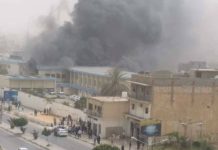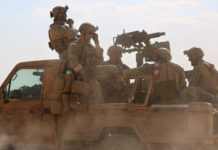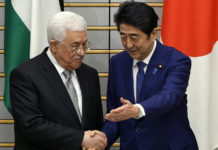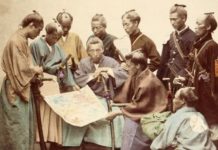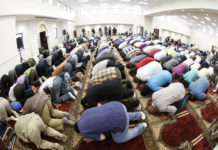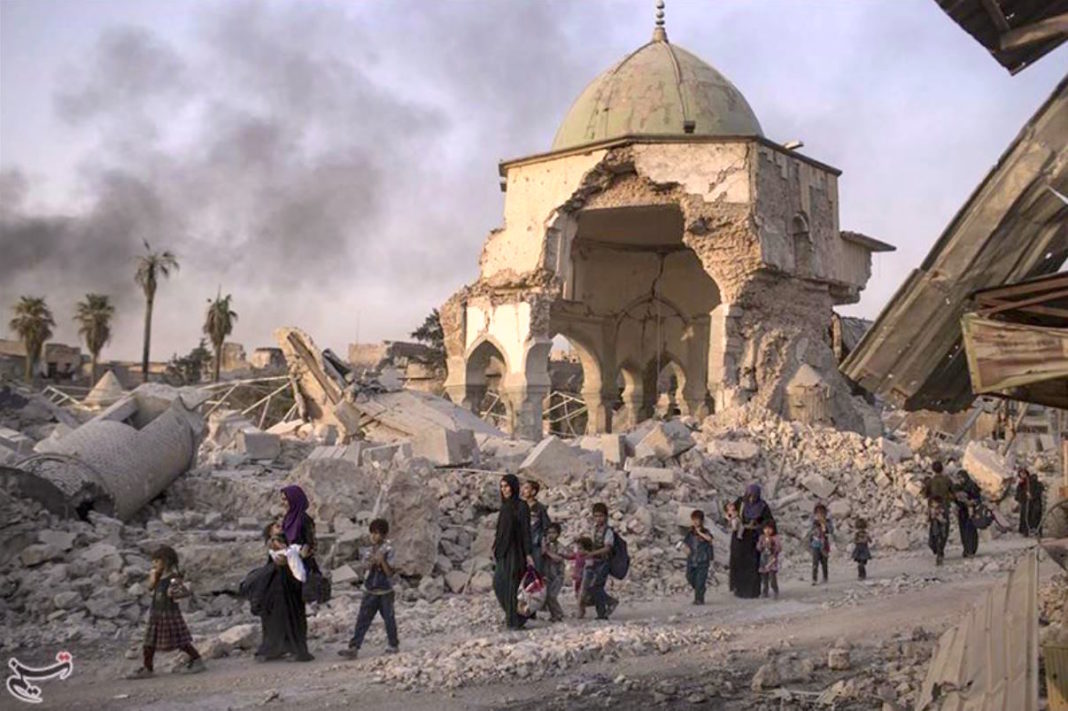Baghdad: The United Arab Emirates and Iraq on Monday launched a joint effort to reconstruct Mosul’s Great Mosque of Al-Nuri and its iconic leaning minaret, ravaged last year during battles to retake the city from militants.
During the ceremony at Baghdad’s National Museum, UAE Culture Minister Noura Al-Kaabi said her country would put forward $50.4 million (41.2 million euros) for the task. “The five-year project is not just about rebuilding the mosque, the minaret and the infrastructure, but also about giving hope to young Iraqis,” she said.
“The millenia-old civilization must be preserved”, she added.
The deal was signed by Kaabi and her Iraqi counterpart, Faryad Rawanduzi, in the presence of UNESCO’s Iraq representative Louise Haxthausen. “This is an ambitious, highly symbolic project for the resurrection of Mosul and Iraq,” said Haxthausen. “The work has already begun, the site is now protected… we must first clear the site, remove the rubble (and) document, before we can begin reconstructing the mosque and its minaret.”
The famed 12th century mosque and its leaning minaret — dubbed “the hunchback,” or Al-Habda, by locals — was destroyed in June 2017. The Iraqi army accused Daesh militants of destroying it with explosives as Iraqi forces steadily retook ground in the embattled city. It was in this mosque in 2014 that Daesh’s self-proclaimed “caliph,” Abu Bakr Al-Baghdadi, made his only public appearance as leader. His whereabouts are still unknown, according to news agency AFP.
Kaabi, the Emirati minister, called on the international community “to unite to protect universal heritage sites, especially those in our Arab region” in theaters of conflict. The Al-Nuri mosque is named after Nureddine Al-Zinki, who once ruled over Aleppo and Mosul and ordered the construction of the mosque in 1172. Al-Habda, which maintained the same structure for nine centuries, was one of the only remnants of the original construction.
Decorated with geometric brick designs, the minaret was long a symbol of the city. It was printed on 10,000 Iraqi dinar banknotes before it became a symbol of Daesh rule, when the militants planted their black flag at the top of its 45-meter spire, AFP reported.
“This is a historic partnership, the largest and unprecedented cooperation to rebuild cultural heritage in Iraq ever,” UNESCO chief Audrey Azoulay said in a statement.
The first year of reconstruction will focus on documenting and clearing the site, UNESCO said. The following four years will focus on the restoration and “faithful reconstruction” of the mosque, its minaret as well as the city’s historic gardens and open spaces, AFP said in its report.
This article was originally published on Ummid. Read the article here.
